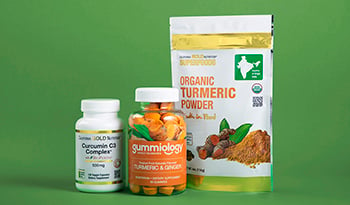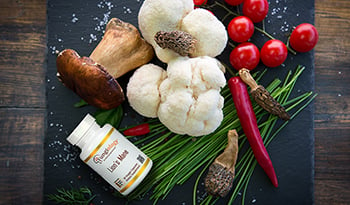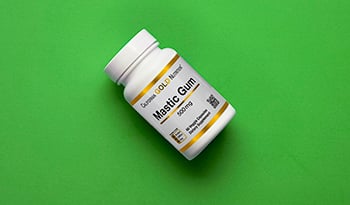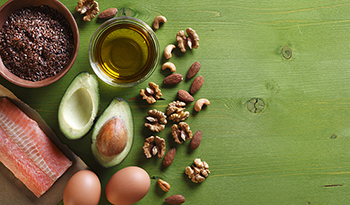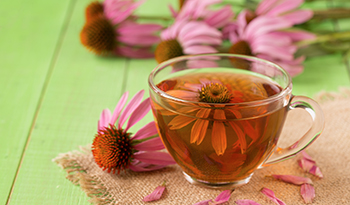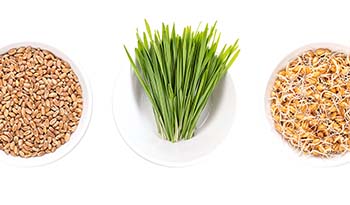Plant-Based Antioxidants

The terms “antioxidants” and “free radicals” have become pretty common in recent years. Loosely defined, a free radical is a molecule that can bind to and damage a part of the body. Free radical or “oxidative” damage is what makes us age. Free radicals have also been shown to be responsible for the onset of many diseases including the two biggest killers of Americans—heart disease and cancer.
Antioxidants are compounds that help prevent this free radical damage. Antioxidant nutrients, such as beta-carotene, selenium, vitamin E, and vitamin C, have been shown to help protect against conditions that have been linked to free radicals—basically all chronic degenerative diseases.
Different Actions
Based on extensive data, it appears that a combination of antioxidants provides greater protection than large dosages of any single antioxidant. The reason being is that nutrient antioxidants generally have a very narrow range of activity against a single type of free radical. That’s why there are as many different types of antioxidants as there are musical instruments. The body uses these antioxidants in conjunction to create a symphony. And an optimal performance requires plant-based antioxidants, which work in conjunction with nutrient antioxidants to fill out the orchestra.
To ensure that you’re getting complete antioxidant protection, start with a diet rich in plant foods and a high-potency multivitamin/multimineral. Then add some form of plant-based antioxidant, among the most useful of which are flavonoid-rich extracts.
Flavonoids are plant pigments that are more potent and effective against a broader range of free radicals than antioxidant nutrients. Besides lending color to fruits and flowers, flavonoids are responsible for many of their medicinal properties. Flavonoids are sometimes called “nature’s biological response modifiers” because of their anti-inflammatory, anti-allergy, antiviral, and anticancer properties.
Targeted Therapy
Because certain flavonoids tend to concentrate in specific tissues or cells, it’s possible to take flavonoids that target specific health conditions. Among these are proanthocyanidins, especially those that are bound to other proanthocyanidins referred to as procyanidolic oligomers (PCOs) or oligomeric proanthocyanidins (OPCs). These molecules are found in high concentrations in grape seed and pine bark. Studies have shown that taking PCOs for six weeks at dosages of 150—300 mg improves the blood’s total antioxidant capacity and oxygen radical absorbance capacity (ORAC) score.
I recommend either grape seed extract or pine bark extract for most people under the age of 50. Grape seed and/or pine bark extracts have also shown significant benefits for the following health conditions:
- Asthma
- Atherosclerosis, hypertension, and type 2 diabetes
- Attention Deficit Disorder
- Male Infertility
- Osteoarthritis
- Varicose veins, capillary fragility, and venous insufficiency
- Visual function, retinopathy, and macular degeneration
For people over age 50, ginkgo biloba is another option. If you have a family history of cancer, however, the best choice is green tea extract. The chart below can help identify which flavonoid-rich extracts might be appropriate for you, as well as how much to take.
Flavonoid-rich extract | Daily dose for antioxidant support | Indication |
Bilberry extract (25% anthocyanidins) | 80—160 mg | Best choice to protect the eyes. |
Hawthorn extract (10% procyanidins) | 150—300 mg | Best choice for heart disease or high blood pressure. |
Ginkgo biloba extract (24% ginkgo flavonglycosides) | 120—240 mg | Best choice for most people over the age of 50. Protects the brain and vascular lining. |
Grape seed extract (95% procyanidolic oligomers) or pine bark extract | 50—100 mg | Systemic antioxidant; best choice for most people under age 50. Also specific for the lungs, diabetes, varicose veins, and protection against heart disease. |
Green tea extract (80-90% total polyphenols) | 150—300 mg | Systemic antioxidant. May provide the best protection against cancer, and is the best choice if there is a family history of cancer. Also helps protect against cholesterol damage. |
Milk thistle extract (70% silymarin) | 100—300 mg | Best choice for additional antioxidant protection of liver or skin. |
DISCLAIMER:This Wellness Hub does not intend to provide diagnosis...













































































 Table of Contents
Table of Contents



